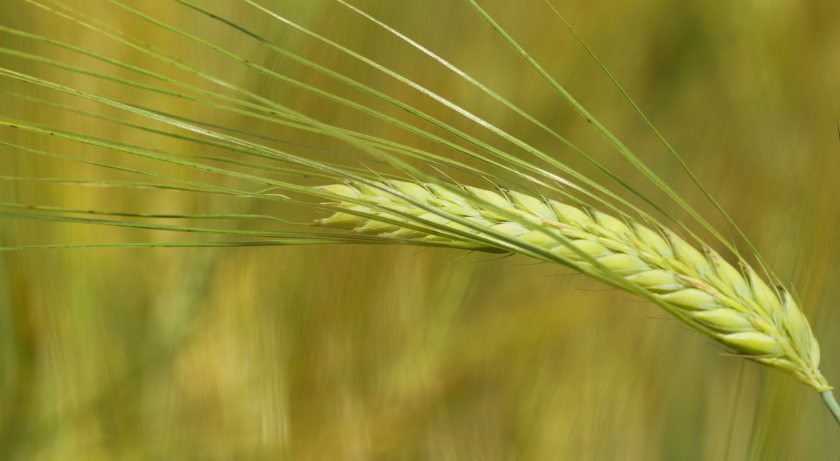
Farmers could soon benefit from new harvesting innovation that will sense the quality of grains such as wheat, barley and oilseed rape in real time.
Using a technique often found in medical sensory devices, the smart sensors being tested will give farmers instant feedback on the quality of grains.
The EIT Food-funded project 'Constituent Sensing of Small Grains' will enable grain protein and oil contents to be measured as they are harvested from the field by the combine harvester.
As well as providing information about the marketing of the grains, the data will enable farmers to create maps of their fields to understand variation in grain quality.
The new technology is being developed by a team of agricultural industry partners alongside researchers from the University of Reading.
The team are working on connecting smart sensor data with GPS location during harvest, allowing field scale maps to be developed showing how the grain quality varies across the field.
This data can be used to provide more accurate measures of grain quality for marketing purposes, potentially allowing different grain qualities to be separated and sold into different markets in the future.
The field scale map can be used to optimise production, allowing resources to be focused on unproductive areas of fields and reduce inputs to more productive areas.
John Hammond, Professor of Crop Science at the University of Reading said: “Our project is using Near Infrared Spectroscopy (NIRS) to measure the quality of the grain samples being harvested from the field.
"NIRS analysers work by emitting a spectrum of NIR wavelengths at the grain sample and then measures the wavelengths reflected or transmitted through the grain.
"Based on the wavelengths detected and calibration models, it is possible to quickly and robustly measure many aspects of the grain’s constituents, such as protein or oil content."
This technology has been used for decades on farms and grain stores to check the quality of harvested products, but only on small sub-samples, Prof Hammond added.
Researchers are currently working with John Deere, which is already known to offer an NIRS sensor for forage harvesters and manure tankers, to test and validate the technology.
